For commercial and industrial (C&I) businesses, electricity consumption accounts for 30%–40% of operational expenditures. Solar power prices have dropped dramatically over the years, so it makes sense for businesses to go solar to save money and stay afloat in these difficult times. Solar energy would significantly lower the running expenses of businesses. The last several months have witnessed a surge in demand for rooftop solar systems from the C&I sector. These projects can assist firms in saving enough money to stay afloat while also generating revenue.
According to a recent study by Mercom India, C&I customers accounted for almost 96 percent of rooftop installations in the third quarter of 2021. The country’s whole commercial section has installed 1.9 GW of projects, while the industrial sector has added 1.5 GW. The rooftop solar systems help meet 20% to 50% of the electricity demands of the facilities they are installed on, while acquiring power through the open access route (off-site solar plants) may help to meet up to 70% of the consumer’s electricity needs.
Solar rooftop is the most cost-effective and environment-friendly energy source for C&I customers. Consumers in the C&I sectors are now much more open to rooftop solar projects as a way to save money on electricity, and agreements are closing considerably faster. They actively negotiate the pricing and other commercial components of the projects.
C&I users, sometimes known as corporations, account for 64% of global power usage. Electricity accounts for a significant portion of running costs for both industrial and commercial customers, such as production units, data centers, and shopping malls. These customers are continuously on the lookout for methods to cut their huge power bills.
A company’s various sustainability objectives would influence its various electricity buying alternatives available:
DISCOMs (electricity distribution companies). This is the most common and conventional way. The DISCOMs serve as a link between the generator and the end-users. Due to their broad reach and backing from local legislation, DISCOMs are the provider of last resort, and their pricing may not be the most competitive.
Open access. Consumers can use the DISCOMs’ transmission and distribution infrastructure to obtain power from an off-site producing facility. The DISCOM provides non-discriminatory access to its infrastructure under this arrangement. Charges and regulations apply to the usage of power in this situation. This model is divided into two sections:
• Wholesale market. The wholesale market operates on a market platform that brings together many buyers and sellers to purchase and sell energy at market-determined prices depending on demand and supply. However, most of the agreements made in this market are just for a limited period.
• Bilateral market. In contrast to the wholesale market, the buyer and seller might agree to a mid-term to a long-term contract on a mutually agreed basis in the bilateral market.
The notion of power purchase through an off-site producing facility was first introduced in India in 2003 when Section 2 (42) of the Electricity Act 2003 was amended to include “Open Access.” The Open Access market has since been opened up by a succession of regulatory directives and the creation of the exchange market. Renewable Purchase Obligation (RPO) was created under the National Action Plan for Climate Change to reflect India’s commitment to combating climate change (NAPCC). DISCOMs and corporations buying electricity from outside the DISCOM’s network (through open access to behind-the-meter captive plants) were required to use as much renewable energy as possible.
With the emergence of the Open Access market, wind power facilities began to become cost-competitive with conventional plants. Solar rates were substantially higher, and they were unable to draw considerable attention on their own. To make solar projects bankable, the bilateral market created an exchange-tradable Renewable Energy Certificate (REC) method to recuperate the cost disparity. Due to the significant cost disparity and inadequate RPO execution, the REC market died.
Solar, like wind, has evolved into a more viable bilateral arrangement business model as prices have decreased and favorable legislation has emerged. Due to significant technical advancements, the solar industry has overtaken wind and has emerged as the favored option.
In the open-access market, a new trend is emerging in the shape of an exchange-based business model, similar to what is seen in developed markets. The exchange’s market-clearing fees are more appealing than those found in competitive bids and yet lower than the average pooled purchase cost (APPC). In India, the market-clearing price in the green term ahead market (GTAM) is INR 0.30-0.40/kWh more than in the day-ahead market (DAM).
During the early stages of the open-access market’s growth, the debt financing environment was comparable to that of the DISCOM power purchase agreement. Because the regulatory environment is continuously changing, tapping into this sector necessitates a thorough grasp of the industry. The fact that private-sector specialist Non-Banking Financial Companies (NBFCs) have subject expertise and stronger monitoring mechanisms in place, is the primary reason for their success in the open access category. As the industry matures, more bank engagement, as well as the advent of new financial products, will boost debt financing in this area even further.
The expansion of the Open Access renewable market has been stifled to date due to persistent regulatory uncertainty, the declining financial condition of DISCOMs and their reliance on compact secondary substation (CSS), and variable banking arrangements laws. These developments can be achieved in the future. Because of the hostile stance taken by state-level DISCOMs, the open-access sector is still in its infancy. The proposed amendments to the Electricity Act currently include some improvements targeted at transforming the struggling distribution industry. It would also usher in the necessary reorganization to promote the open access market.
Oorjan Cleantech is one of the leading innovative and fastest growing technology and finance enabled distributed solar energy companies for rooftop solar in India.
The views and opinions expressed in this article are the author’s own, and do not necessarily reflect those held by pv magazine.
This content is protected by copyright and may not be reused. If you want to cooperate with us and would like to reuse some of our content, please contact: editors@pv-magazine.com.
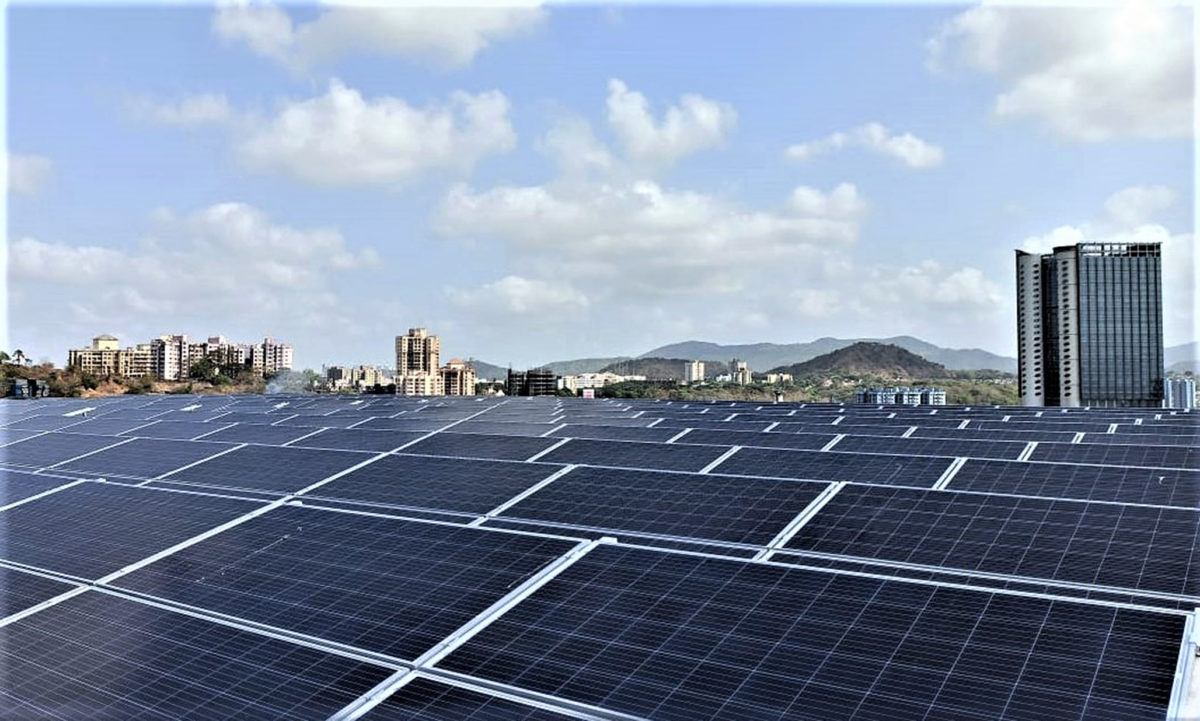


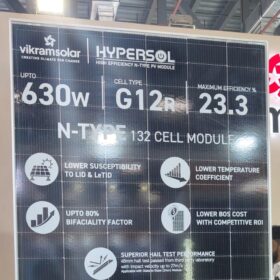
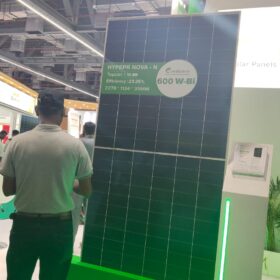
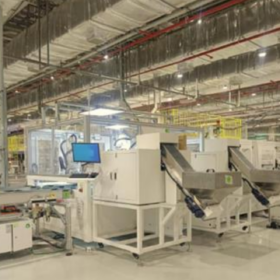
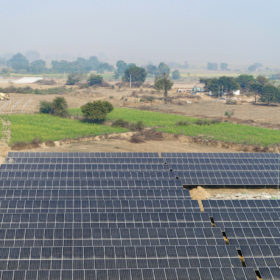

1 comment
By submitting this form you agree to pv magazine using your data for the purposes of publishing your comment.
Your personal data will only be disclosed or otherwise transmitted to third parties for the purposes of spam filtering or if this is necessary for technical maintenance of the website. Any other transfer to third parties will not take place unless this is justified on the basis of applicable data protection regulations or if pv magazine is legally obliged to do so.
You may revoke this consent at any time with effect for the future, in which case your personal data will be deleted immediately. Otherwise, your data will be deleted if pv magazine has processed your request or the purpose of data storage is fulfilled.
Further information on data privacy can be found in our Data Protection Policy.